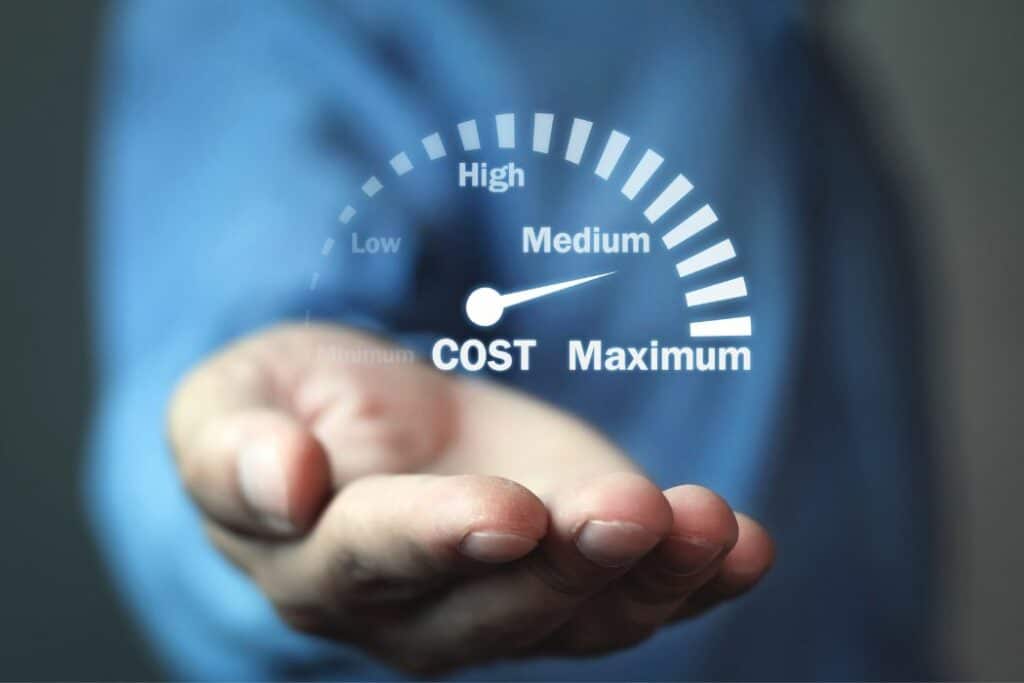Cost accounting provides objective accounting data on a company’s various expense and revenue items, enabling you to assess the financial performance of a project, a service, a product or even a country.
Analytical financial data then enables company management to make well-considered decisions (abandoning production of a product, renegotiating a project, closing a department, etc.).
Cost accounting is therefore an indispensable tool for managers and entrepreneurs who want to optimize their company’s profitability.

What’s the difference between general and cost accounting?
General and cost accounting are intimately linked, yet they do not have the same objective.
General accounting: definition
General accounting is a legal obligation that involves recording, listing and classifying a company’s financial flows:
- Cash inflows
- Cash outflows
- Preparation of annual financial statements
- Classification of different cash flows according to legal nomenclature.
In France, general accounting is defined by the Plan Comptable Général (PCG), in accordance with the standards set out in the Code du Commerce.
Cost accounting: definition
Although not mandatory, cost accounting is above all a tool for analyzing a company’s operations from an accounting and financial point of view.
Much more detailed than general accounting, it enables you to study cost and revenue structures by department, project, position, country, etc.
This can be used, for example, to identify the income and expenses associated with a building site for a construction company. This makes it possible to calculate very precisely the production and distribution costs associated with each product for a finished goods manufacturing company.
The aim of cost accounting is therefore to help managers make informed decisions to optimize their company’s profitability.
Why implement cost accounting in your company?
The benefits of cost accounting for business are numerous, and its use is so widespread that it has become virtually mandatory for any company wishing to remain competitive.
Cost accounting makes it possible to :
- Know the exact cost of a product or service, so you can set an appropriate purchase or sale price.
- Determine expenses and revenues for a specific item
- Analyze project profitability
- Examine the performance of each department
- Evaluate inventories and work-in-progress
This budgetary control tool facilitates management and decision-making, by providing objective, concrete figures.
Cost accounting calculation methods
Cost accounting allows you to analyze profitability item by item. There are different methods for calculating costs:
Full costing
This method distinguishes between direct and indirect expenses:
- The first are attributed directly to the cost of the product/service
- The latter are broken down into several products or services, depending on the analysis center.
To apply this costing method, expenses appearing in the general ledger must be classified between :
- Those that can be incorporated, which serve as the basis for calculating costs
- The so-called “non-incorporable” ones, mainly those that are exceptional or unrelated to the company’s activity, which are not taken into account.
The partial cost method
This partial cost method takes into account only part of the overall cost of a product:
- Variable costs vary according to activity or production.
- Specific fixed costs are those that are directly attributable to the product (e.g. a machine used solely for the production of a given product).
The direct costing method
Direct costing is based on :
- Calculate the margin on variable costs for each product or service
- Breakdown of total fixed costs by margin
This method is mainly applied to companies offering multiple products and services, or with several activities.
Activity-based costing (ABC)
The ABC method (for “Activity Based Cost”) is based on the notion of value rather than cost: resources are consumed by activities, not products or services.
This implies a breakdown by company activity rather than by product.
Then, by determining the drivers and their consumption, we obtain a cost attributable to each activity.
Standard costing
This method is based on pre-established costs. These estimates are used to draw up budget forecasts, which are then compared with actual expenses incurred.
This method is frequently used in development projects.
The target cost method
Often referred to as “target costing”, target costing is based on the opposite logic of traditional methods:
- The selling price is set by the market
- Margins are set by shareholders
- Cost is a variable to be adjusted
This method, often used today, requires a global approach to the product development process, and an optimization approach at all levels of the company.

How do you reconcile general and cost accounting?
Cost accounting is based on general accounting data.
It is absolutely essential to be able to reconcile the entries recorded in the general accounts with those appearing in the cost accounts.
Numerous accounting management software tools (CEGID Loop and others) can be used to set up both compulsory general accounting and cost accounting tailored to your company’s needs. Next, you need to define one or more analytical axes and a cost/income allocation key.
The most advanced software also offers the possibility of integrating different costing methods, giving managers a global view of the company’s activity. It’s a valuable source of information, enabling you to make decisions with all the facts at hand.

❓ Would you like to find out more about cost accounting and how it can benefit your business? Altermès can help you set up a cost accounting system within your company. Don’t hesitate to contact our teams to discuss your needs!
❗Discover how we helped a customer set up a cost accounting system!










